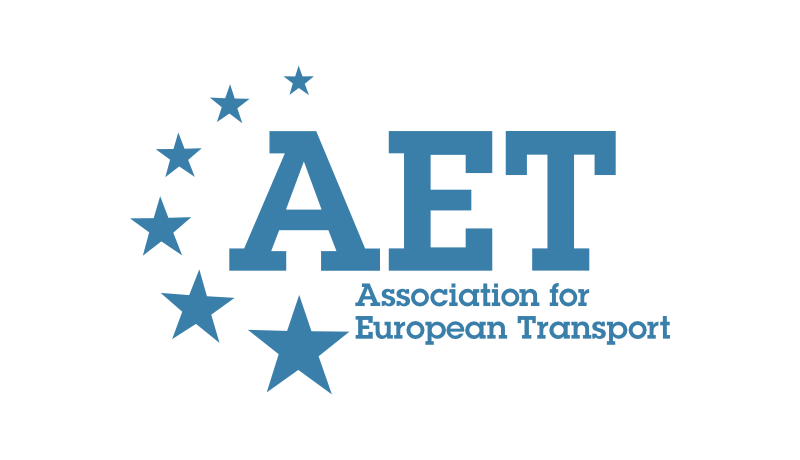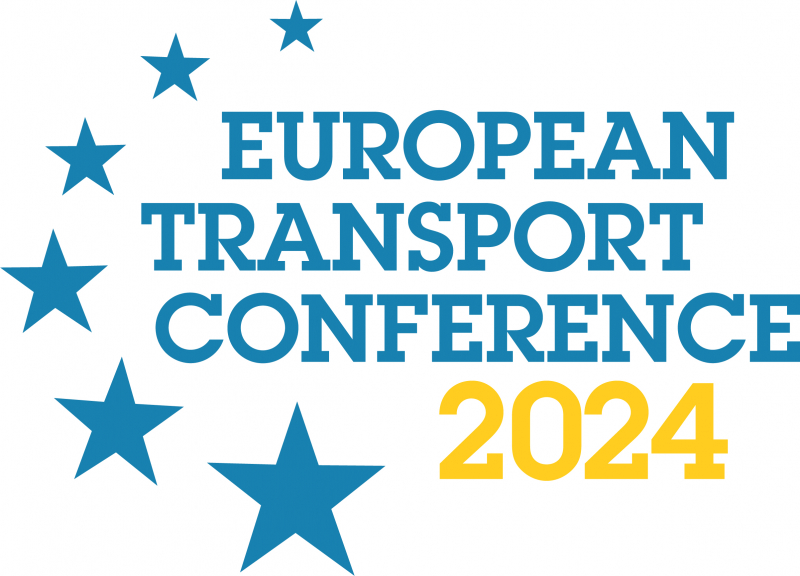-
Past ETC Papers
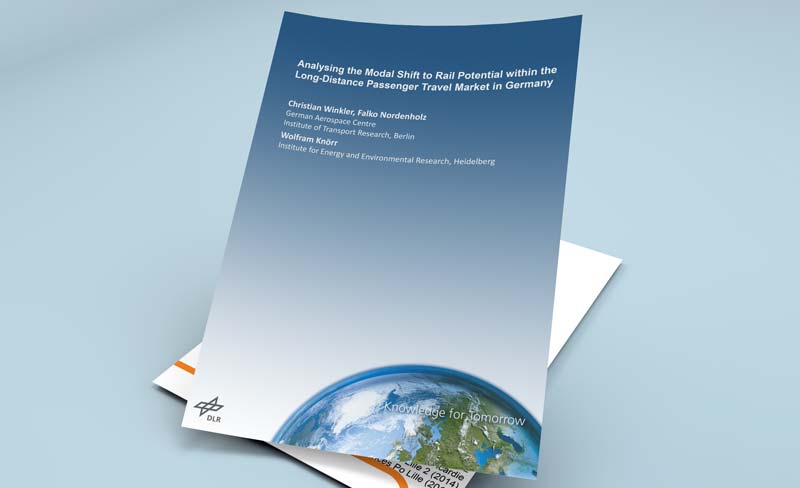
Browse, search and view papers from the past AET Conferences.
ETC Conference Papers 2024 For registered conference attendees
-
Members' Area

AET promotes networking and exchange of ideas, information and opportunities amongst members.
Conference Papers 2022
Milan, Italy
ETC Conference Papers 2022
Agent-based Modelling of Low Carbon Future Mobility
Seminar
Day 2 (8 Sep 2022), Session 6, AGENT BASED MODELS, 14:30 - 16:00
Status
Accepted, documents submitted
Submitted by / Abstract owner
David Alvarez Castro
Authors
David Alvarez Castro
Alistair Ford
Roberto Palacin
Philip James
Short abstract
A new perspective in agent-based urban mobility simulation to achieve low-carbon future mobility by enabling the population to use active travel, public transport and micro-mobility modes instead of private cars, considering human behaviours.
Abstract
Climate change is considered the most pressing environmental challenge of our time. Given transport is a major contributor to greenhouse gas emissions, many cities around the globe are enforcing sustainable transport legislation to meet the 2016 Paris Agreement of limiting global warming to 2°C.
The transport decarbonisation challenge requires rapid and unprecedented action across the economy and wider society supported by technological innovation and robust policy frameworks. Focus must be on how policies can change mobility patterns to reduce emissions rapidly. This will involve a portfolio of measures, including road space reallocation, the implementation of Low Traffic Neighbourhoods (LTNs) and congestion charge zones, new transport modes (e.g., e-bikes and e-scooters), active travel (e.g., walking and cycling) and behavioural change towards multimodal mobility in a new normal post-pandemic urban environment. This will involve a combination of changes to the built environment, changes in human attitudes and behaviours, and financial incentives or penalties.
This paper focuses on the on-going development of a PhD research project that aims to identify the optimal combination of infrastructure interventions and changing human behaviour and attitudes to reduce greenhouse gas emissions in urban areas, by applying Agent-based Modelling (ABM) techniques. The project is part of the Geospatial Systems Centre for Doctoral Training at Newcastle University (UK).
The objective of this work is to simulate the urban mobility of the Newcastle upon Tyne and Gateshead city region, and to apply urban mobility policy scenarios that enable people to use active travel, public transport and micro-mobility modes instead of private cars. This objective will be considered from three different but convergent perspectives:
- The transport perspective: where Discrete Choice Modelling techniques will be applied in the transport mode chosen by each individual;
- The geospatial environment, where characteristics of the urban environment and their impact on transport choices will be taken in consideration;
- The human perspective, where a detailed synthetic population will be developed considering socio-demographic characteristics, attitudes and behaviours of the population that affect the transport mode selection.
The methodology proposed for this project is a MATSim large-scale agent-based model, based on the demand and supply input data. Demand data consist of a very detailed population for an average weekly day, where each agent is defined by socio-demographic characteristics (e.g., age, sex, marital status, children dependency, income, occupation, economic activity, bike ownership, health status), attitude and behaviour factors (e.g., travel satisfaction, level of active exercise, environmental concern, attitudes to active travel) and activity plans based on their characteristics. The generation of the synthetic population was developed using UK census data applied into the SPENSER tool (Synthetic Population Estimation and Scenario Projection Model) developed by the University of Leeds, and a library of Python tools, while the activity plans were developed using data from the National Travel Survey of England and PAM, a trip-chain activity plan tool developed by ARUP. Supply data consists of the network that agents use to perform their activity plans in space and time, built from a highly-detailed OSM network generated using the open-source GeNeT tool, from ARUP. This tool allows representation of multimodal transport modes in a single network with a rich variety of geospatial attributes (e.g., elevation, road condition, road width) for each mode.
The MATSim platform is being deployed to simulate the urban mobility of the area of study (base-line scenario). The simulation is calibrated and validated using open access data from Newcastle University’s Urban Observatory platform, where counts of vehicles on specific roads are provided. A number of scenarios will then be simulated to explore urban mobility policies for decarbonisation of transport in the city region.
Analyses of the model result will be performed from three perspectives (transport, geospatial and human) and outcomes will allow identification of urban mobility policies that modify demand and supply to find the optimal combination of infrastructure interventions (supply) and behaviour change (demand). Results of each scenario will be compared against the base-scenario and conclusions about their efficacy will be obtained.
The application of this project can be easily transferable to any other region by adapting the input data to the desire area, with open-source tools and open data used where possible.
This paper will present the results of the project today, highlighting the development of the demand and supply datasets, the calibration and validation of the model, and the initial simulations of urban mobility policy scenarios.
Programme committee
Transport Models
Documents:
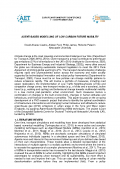

Association For
European Transport
Forester House
Doctors Lane
Henley-in-Arden
Warwickshire, UK
B95 5AW
+44 (0) 15 64 793552
VAT number: 710 1866 64
Conference Supporters & Endorsers

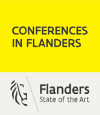


Legal Entity
The Association for European Transport is registered as an Association ('vereniging') with the Chamber of Commerce for Haaglanden in The Netherlands under company number 27170096.
Built on Zenario

